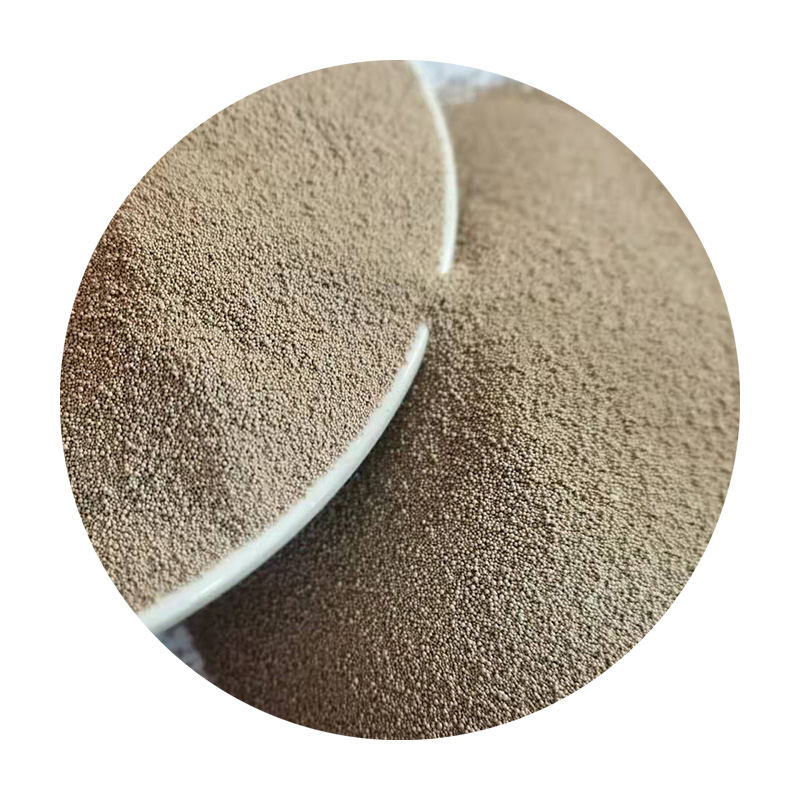The Importance of Sanding 3D Prints Techniques and Benefits
3D printing has revolutionized the way we create objects, allowing for unprecedented customization and rapid prototyping. However, the path from a digital model to a physical object isn't always smooth. Once the 3D printing process concludes, parts often come out with visible layer lines, rough textures, and minor imperfections. This is where sanding comes into play, as it serves as a crucial step in achieving a finished product that meets professional and aesthetic standards.
Understanding the Basics of Sanding 3D Prints
Sanding is the process of smoothing surfaces using abrasives, which can significantly enhance the appearance and feel of 3D printed objects. The main materials utilized in 3D printing—PLA, ABS, PETG, and others—often require distinct sanding techniques to achieve the best results. Sanding not only improves the surface finish but also prepares the object for painting, sealing, or other post-processing techniques.
Tools and Materials
To effectively sand 3D prints, you'll need a few essential tools
1. Sandpaper Different grits serve different purposes. Coarse grit (60-100) is useful for removing large imperfections, while medium grit (150-220) is excellent for smoothing out surfaces. Finally, fine grit (400 and above) helps achieve a polished finish. 2. Sanding Blocks or Sponges These can provide a more controlled sanding experience, especially for flat surfaces.
3. Dremel Tool or Rotary Sander (Optional) For intricate designs or tough materials, a rotary tool can speed up the process.
4. Safety Gear Always wear a mask and goggles to protect against dust and debris.
Techniques for Sanding
1. Hand Sanding This is the most common method for sanding 3D prints. It allows for more control, especially on detailed areas. Begin with coarse sandpaper to tackle rough spots, gradually progressing to finer grits.
sanding 3d prints

2. Wet Sanding Using water when sanding helps reduce dust and provides a smoother finish. The moisture acts as a lubricant, minimizing the risk of overheating the plastic, which can occur during dry sanding.
3. Power Sanding For larger or more complex pieces, using a power sander can save time. However, it requires caution to avoid damaging finer details.
Benefits of Sanding 3D Prints
Sanding offers numerous benefits that can enhance the overall quality and usability of 3D printed objects
1. Improved Aesthetics Sanding diminishes the visibility of layer lines and imperfections, resulting in a smoother and more professional appearance.
2. Enhanced Paint Adhesion A properly sanded surface allows paint and other finishes to adhere better, ensuring a more uniform and durable coating.
3. Better Functional Properties For items that will be used mechanically, smoothing surfaces can reduce friction, enhancing performance in moving parts.
4. Increased Ergonomics For design elements that require human interaction, such as handles or grips, sanding improves comfort and usability.
Conclusion
Sanding 3D prints may seem like an optional post-processing step, but it can dramatically affect the finished product's quality and functionality. While it does require time and patience, the results are well worth the effort. Whether you're creating models for hobby projects or prototypes for professional use, investing time in sanding can lead to a more aesthetically pleasing and functional end product.
In conclusion, as the 3D printing community continues to grow, mastering sanding techniques will remain a fundamental skill for makers and professionals alike. By achieving a higher standard of finish through effective sanding, we can fully harness the creative potential of 3D printing, transforming innovative designs into tangible masterpieces.
Post time:کانونی یەکەم . 31, 2024 12:54
Next:3d sand
